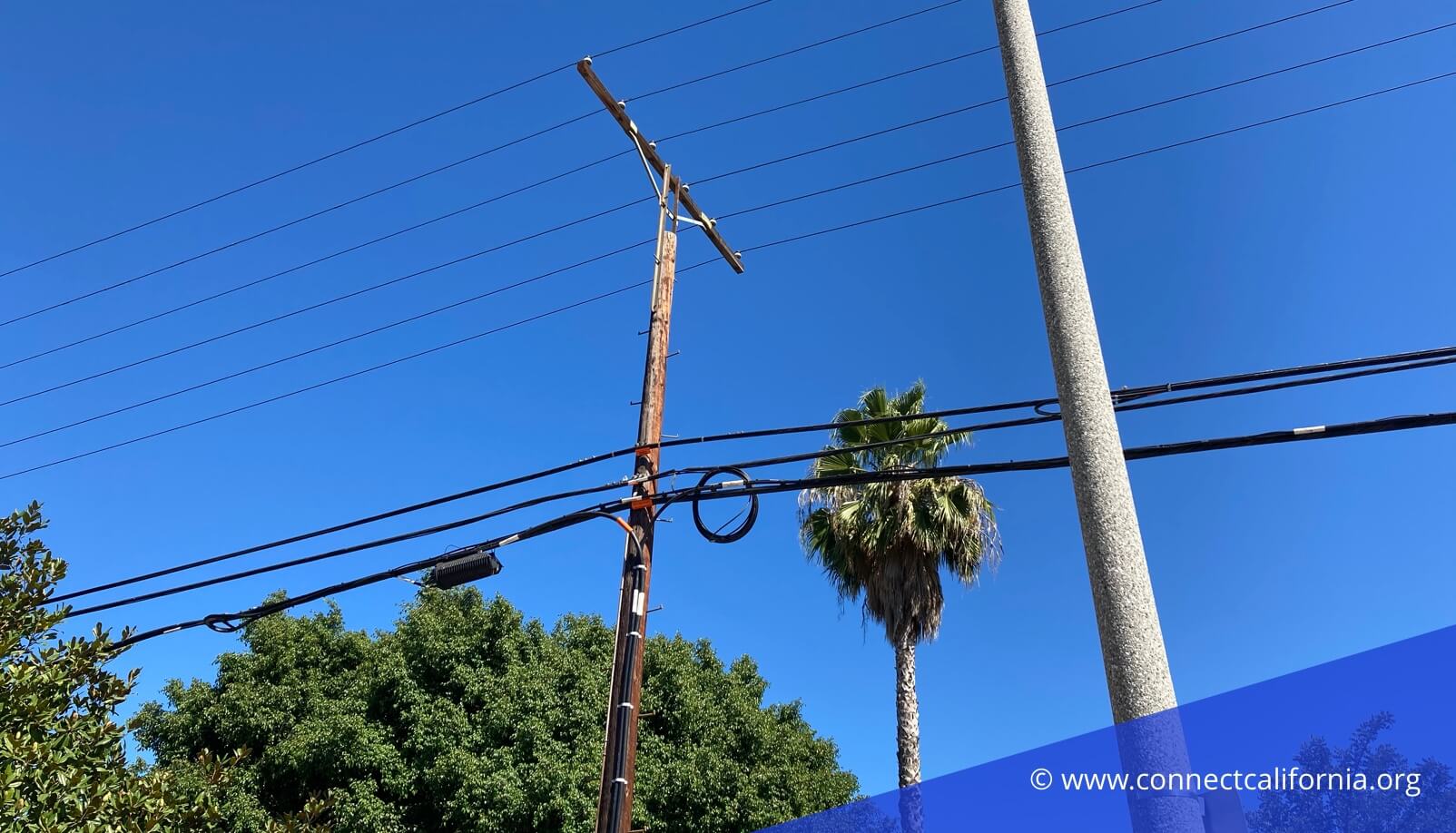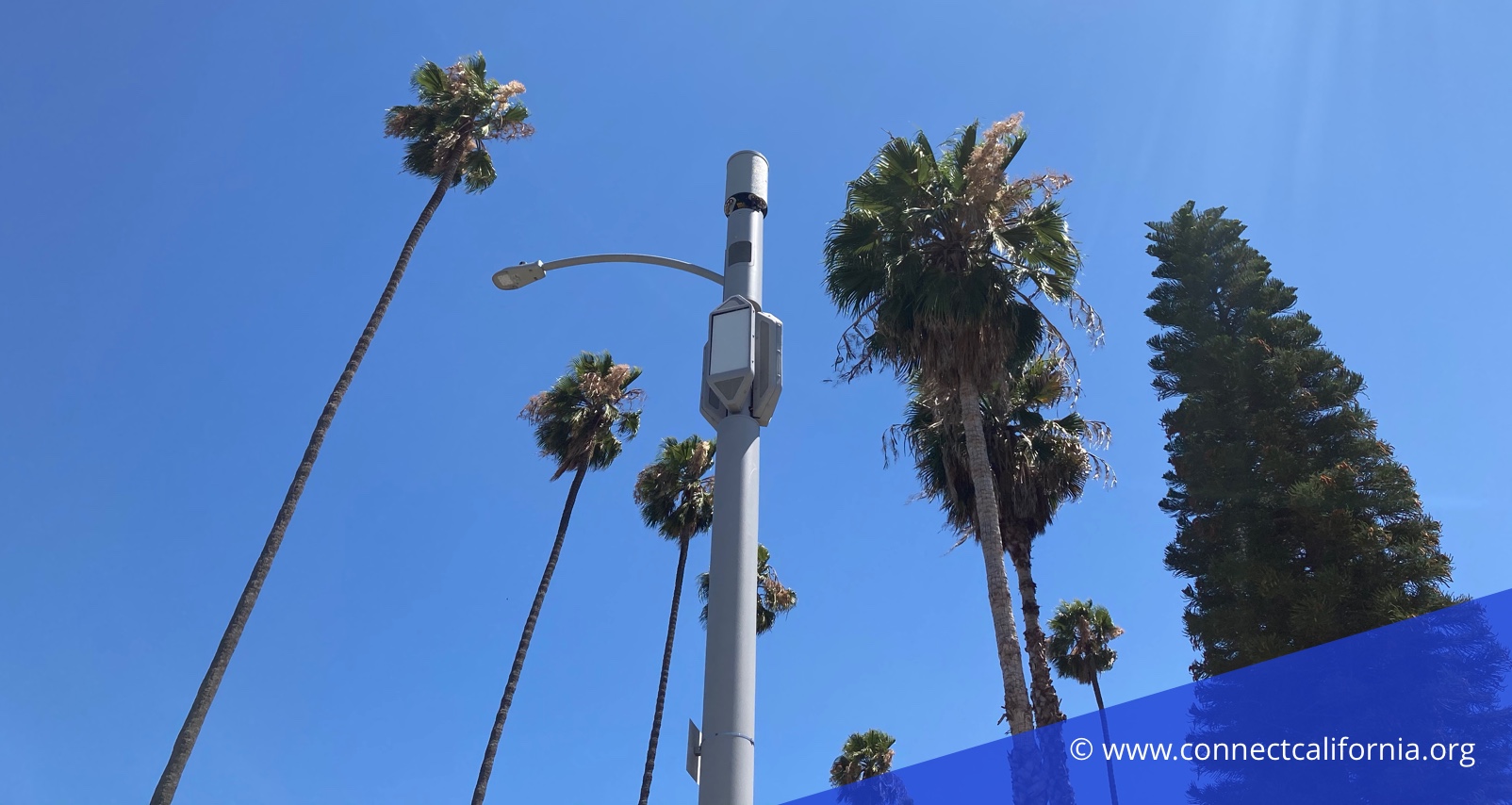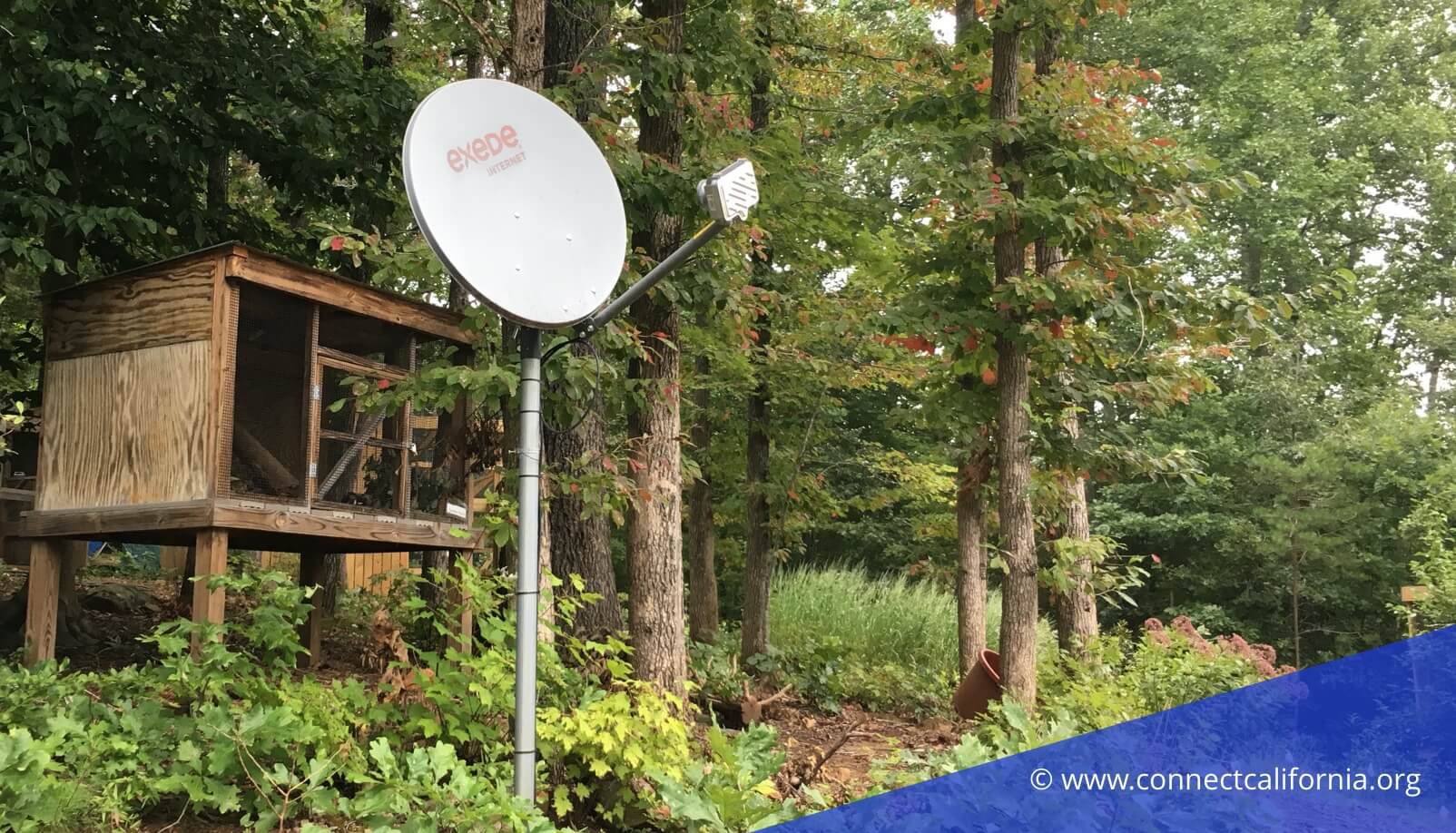When you’re comparing internet service providers, you’ll notice that most of them advertise their download speed — but don’t mention the upload speed.
This isn’t an accident; some of the providers with the fastest download speeds (particularly Spectrum and Cox) also have surprisingly low upload speeds. Spectrum, for example, maxes out at 35 Mbps upload in their California service area.
Xfinity has the fastest residential internet upload speed in California, offering up to 2 Gbps (2,000 Mbps) for its fiber service. However, this comes at a high cost — close to $300/month. Several providers offer up to 1 Gbps upload speed in the state, with AT&T being the largest. Sonic, Frontier, and Google Fiber also offer gigabit-range upload speeds in some areas.
Internet providers with gigabit upload speeds in California
The following providers have upload speeds in the gigabit range in California:
| Provider | Maximum upload speed | Network |
|---|---|---|
| Xfinity | 2 Gbps | Fiber |
| AT&T | 1 Gbps | Fiber |
| Sonic | 1 Gbps | Fiber |
| Google Fiber | 1 Gbps | Fiber |
| Wave Broadband | 940 Mbps | Fiber |
| Frontier Fios | 880 Mbps | Fiber |
| Starry Internet | 200 Mbps | Fixed Wireless 5G |
Why Do Upload Speeds Matter?
Internet plans that offer the same download and upload speeds are referred to as symmetrical internet service.
Most cable and DSL (digital subscriber line) Internet plans do not offer symmetrical speeds. With cable and DSL, upload speeds are typically around 1/10 of the download speed. Spectrum’s fastest 940 Mbps cable plan, for example, only has a 35 Mbps upload speed. Xfinity has a similar asymmetry.
This is actually good for most users, since the majority of customers are happier with high download bandwidth for streaming Netflix, consuming content on Facebook, and etc. These normal activities are the most common use of home internet, and required much more download than upload speed. Providers provision plans accordingly.
- Content creators
- Home offices
- Video chat
Graphic and video files are typically large, and the amount of time it could take to finish uploading them could significantly come down with greater upload speeds. For instance:
- To upload a 1GB file, it would take 15 minutes if the upload speed is 10 Mbps.
- If the speed goes up to 100 Mbps, the upload time will come down to 90 seconds.
- And if the speed is 300 Mbps, the same 1GB file can be uploaded in 30 seconds.
As aforementioned, upload speeds would be critical for people who work from home. Upstream speeds could influence things such as online conference calls and screen sharing. Business applications requiring good upload speeds are:
- Hard drive backups
- Outgoing email attachments
- In-house web hosting
- FaceTime and Skype
- VoIP (Voice over IP) telephone service
- Cloud applications: Dropbox, Google Docs, iCloud
If upload speeds matter to you as much as or more than download speeds, you should know:
- Not all high-speed Internet plans offer high upload speeds.
- You do not always need the highest upload speeds.
- If upload speed matters for your use case, always go with fiber when possible.
Xfinity internet upload speeds in California
The Comcast-owned Xfinity Internet offers seven different Internet plans. For most plans, there is a 1.2 Terabyte data cap and the upload speed is capped at around 35 Mbps, even on their Gigabit plan.

The only exception is the fiber plan. However, this plan costs close to $300/month and has very limited availability in California. Therefore, we’ve listed them above since they technically offer the fastest residential upload plan in the state… but AT&T is by far the most likely “fast upload speed” you’ll find in LA, San Fran, or anywhere else in the state.
AT&T internet upload speeds in California
AT&T Internet offers broadband Internet plans that offer anywhere between 5 and 1,000Mbps of download speeds.
If you’re eyeing symmetrical Internet speeds, AT&T has you covered with its AT&T Fiber Internet that offers up to 1Gbps of two-way speeds with more than 99% reliability.
With a strong presence in the West Coast, Midwest, and the South, AT&T has one of the biggest fiber networks in California and the rest of the country.
As an AT&T Fiber customer, you may choose between a couple of speed tiers for symmetrical download and upload speeds: 500 Mbps and 1,000 Mbps.
Frontier upload speeds in California
If the high-speed Internet plans of other service providers seem too pricey and you’re looking for something more affordable without compromises in speeds, you should be looking at Frontier Communications. Frontier is known for offering high-speed Internet plans that don’t dig a hole in your pockets. Moreover, its purchase of specific Verizon FiOS networks means it can now deliver symmetrical, high-speed plans in some parts of California.
Frontier’s flagship or most popular symmetrical plan is its FiOS 500/500, which offers 500Mbps down speeds and 500Mbps up speeds. For most customers, this is indistinguishable from gigabit 1,000/1,000 service from AT&T. It’s more than ten times faster than the fastest upload speed Spectrum offers.
Sonic upload speeds in California
Sonic is a solid option if you are looking for value-for-money DSL or fiber Internet services. With plans starting at $40 per month, Sonic offers a range of Internet plans for residents of California and users across the country. But since you are more interested in symmetrical speeds, you should be looking at the company’s Gigabit Fiber plan. It offers consistent and reliable 1Gbps uploads and downloads.
Sonic is known for its zero data caps or throttling. Another great attribute of Sonic is its customer service, which regularly receives love and praise from its users. A great example of its commitment towards its customers was its offer to upgrade its existing DSL subscribers’ connections to fiber for no additional costs. This was when the company was contemplating a shift from DSL to fiber-optics.
How much upload speed do I need?
Like with everything in life, the law of diminishing returns applies to upload speeds as well.
While it sounds great on paper to have the maximum upload speeds possible, it’s imperative to understand that greater speeds come at a price, and it would be outright foolish to subscribe to a plan with the maximum upload speed when most of it does not get utilized.
As per the minimum standard set by the Federal Communications Commission (FCC), a 3 Mbps upstream speed is considered good quality. Most general users would be pretty okay with upload speeds below 25Mbps. And there are reasons why below 25Mbps is the sweet spot:
- To participate in video conferences, you would need an upload speed of 1.3Mbps to ensure your face doesn’t appear pixelated.
- For streaming on gaming platforms, such as Twitch, an upload speed of 3.6Mbps would be more than enough.
Based on the user type, the upload speed requirements can be classified as follows:
- Average users can work with anywhere between 5 to 10Mbps.
- Gamers would also find the 5 to 10Mbps speed more than serviceable.
- Content creators or people who upload professionally edited videos online would require at least 10Mbps.
Your upload speed requirement may be more than 25Mbps if you are a business user, or there are multiple people uploading content using the same Internet connection simultaneously. Businesses, in fact, could require up to 500Mbps upload speeds or more. This is why ISPs focus more on business buyers with their 1Gbps plans. Individual users might need a lot more than 25Mbps upload speeds if they are planning 4K video streaming.

What does a business do with such high upload speeds? A business doesn’t necessarily deal with insanely large files. But they need Internet plans with high upload speeds because they could have 10, 20, 30, or even more employees sharing files, posting work-related content to social media, uploading videos, etc. simultaneously.
As mentioned above, 25Mbps upload speeds should be more than enough for most users. However, if your requirements are bigger and you can afford a higher speed plan, you can subscribe to up to 1Gbps upload speeds without feeling like having overspent. Would you absolutely need or use the 1Gbps of upload speed at a given time? Absolutely not! But the increased leeway means you never get to worry about your connection being the bottleneck.
Does Connection Type Determine Strong Upload Speeds?
A strong broadband Internet connection would offer you speeds touching 50Mbps or beyond. Basic services, however, offer maximum upload speeds that could be as cruel as 256Kbps. The technology the service provider employs ascertains upload speed performance. Services such as satellite and DSL are among the slowest. Fiber optics offer the fastest upload speeds.

Fiber-optic cables are cables comprising tiny strands of glass or plastic tied together to transmit coded signals as light pulses. Cable and DSL Internet services send out electrical data via copper lines – which, though fast, are no comparison to the speeds at which fiber-optics transfer information.
Since fiber-optic technology uses modulated light in place of electricity, it gives fiber-optic lines increased bandwidth capacity, as they aren’t tied down by electricity and metal’s physical limitations. The copper wires that cable and DSL Internet traditionally use were originally designed to transfer only voice data. This is why they are limited in their ability to handle data.
Also, electronic signals, including electricity and light, get affected negatively by long-distance voyages. The more an electronic signal needs to travel, the further it degrades. And by the time it gets to its destination, it would have invariably turned pretty weak.
Fiber-optic cables, on the other hand, can do distances as long as 25 miles (40km) without breaking much sweat. Also, unlike copper, fiber-optic technology is a closed system. This means radio interferences or other electromagnetic signals won’t negatively impact it.



